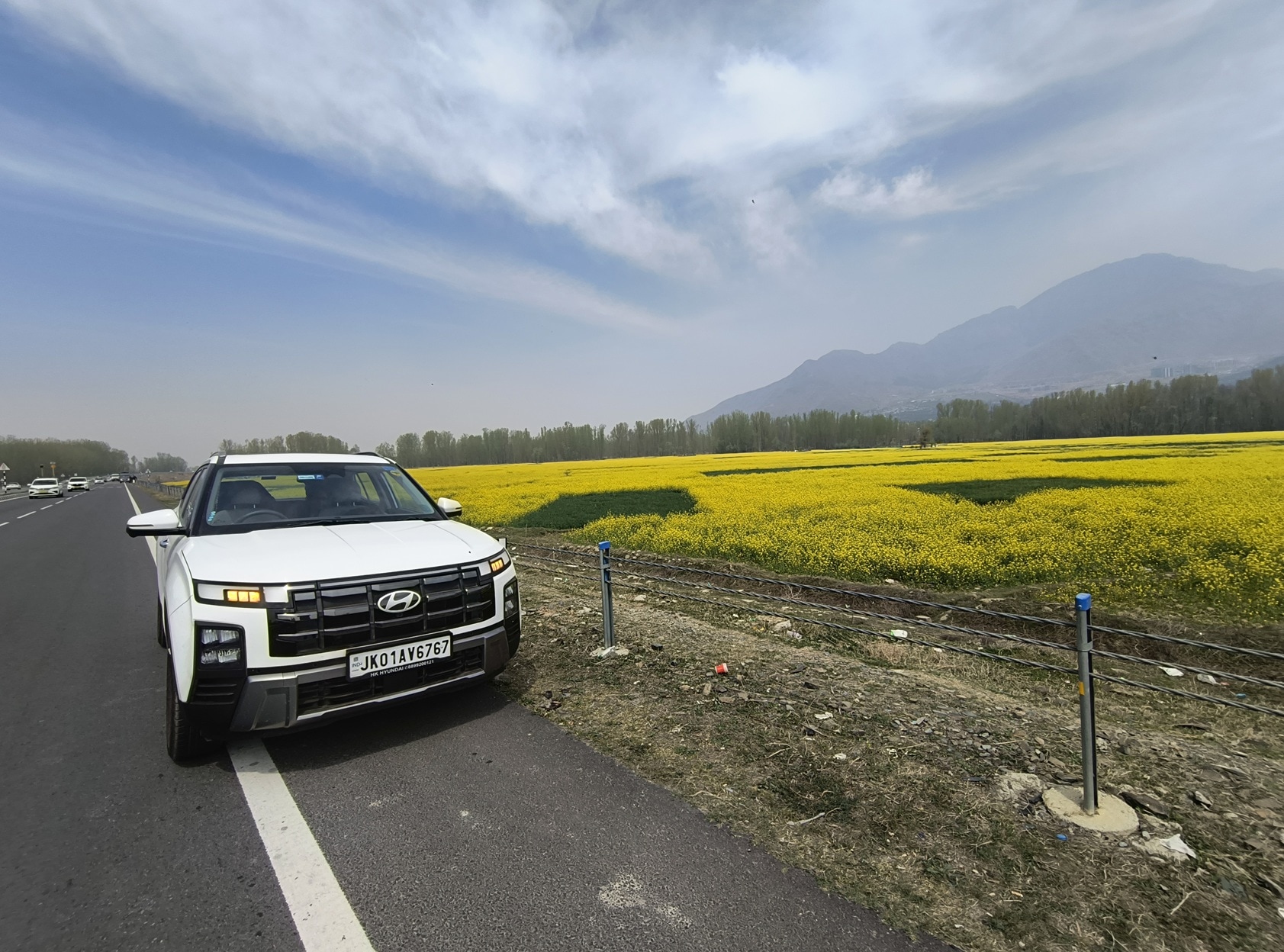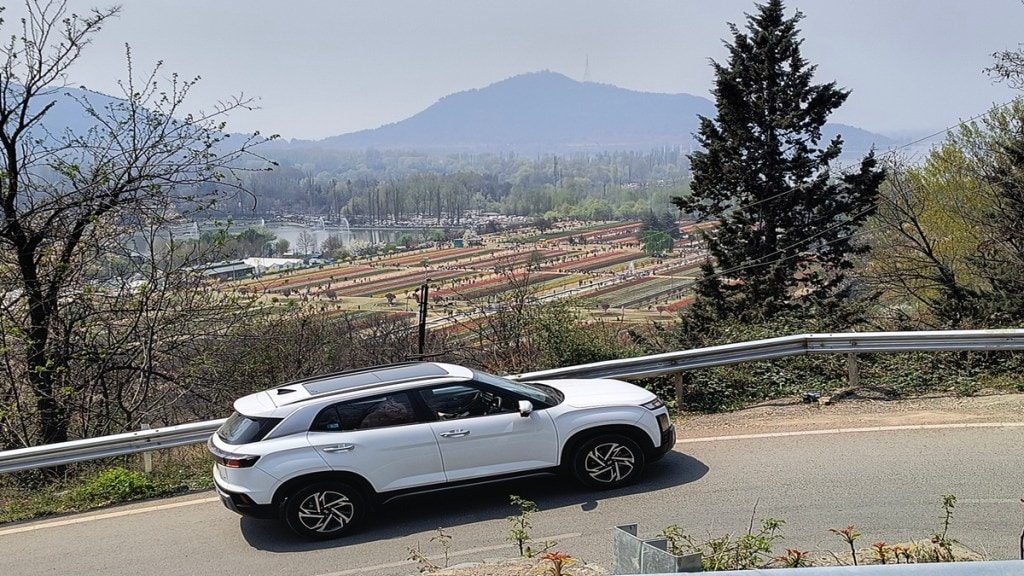The Vande Bharat train from Katra to Srinagar is starting this month, but to explore this wonderland, you will need to hit the road – Srinagar is just the entry point, the real Kashmir lies beyond, as we discovered driving the new Hyundai Creta from Srinagar to Sonamarg, Gulmarg, Yousmarg, and Pahalgam.
Sonamarg: Must visit
Till last year, visiting Sonamarg was difficult because you had to take a gruelling Z-shaped highway, but in January 2025, the 6.5-km Z-Morh tunnel was opened, which has made Sonamarg quite accessible, and our 80-km journey from Srinagar took just 2 hours.
Short for ‘meadow of gold’, Sonamarg has stunning natural beauty, snowcapped peaks almost year-round, and adventure activities such as hiking and skiing. It is also a gateway to the Amarnath Cave. Sonamarg was also part of the ancient Silk Road, connecting Kashmir with Tibet.
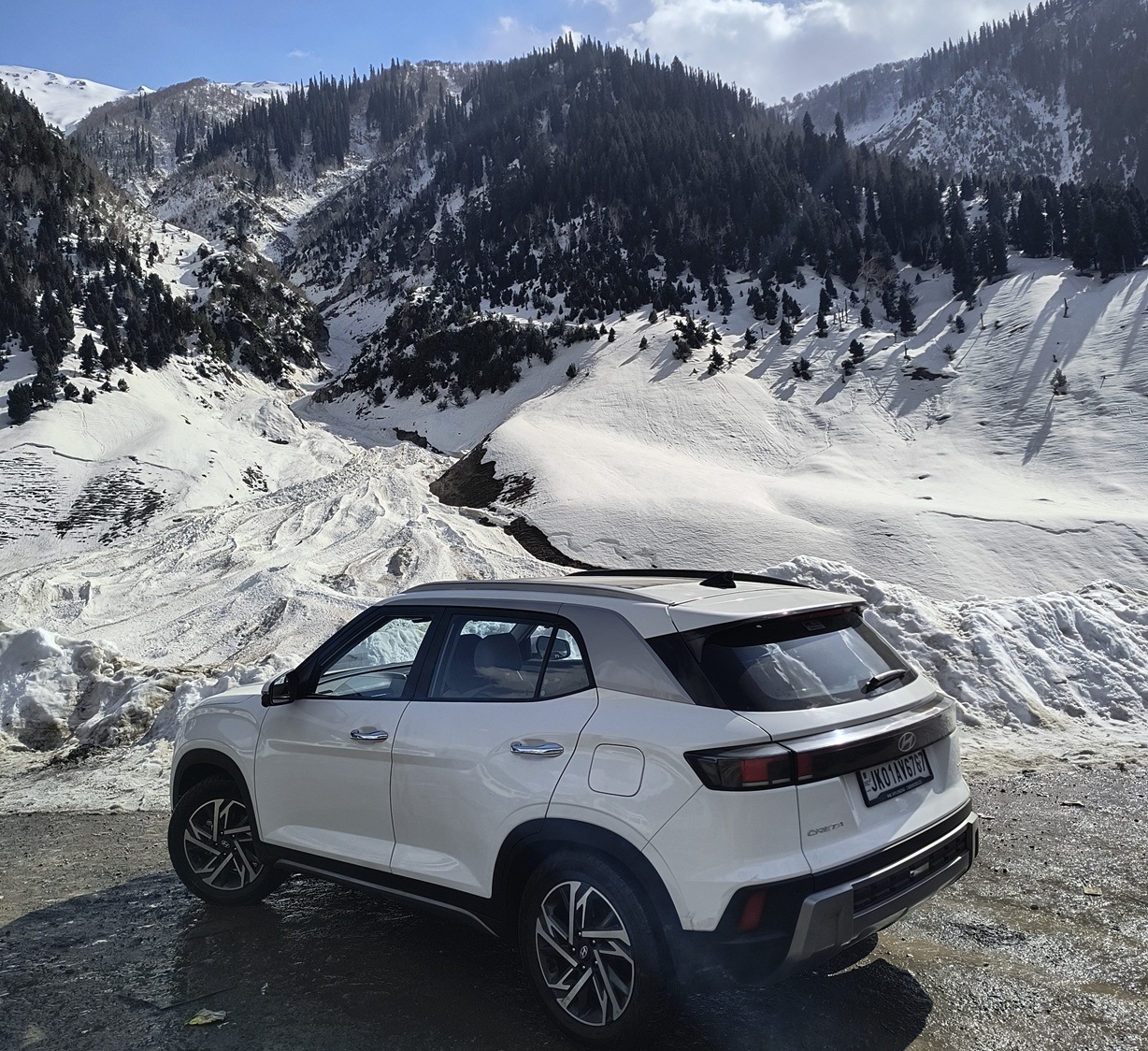
Gulmarg: Must visit
Just 2 hours from Srinagar, Gulmarg is short for ‘meadow of flowers’. In winters, it’s the skiing capital of India, and in summers, it turns into the trekking and hiking capital, with flowers all around. Attractions include the Gulmarg Gondola (please book at least a month in advance), and the world’s highest 18-hole golf course.
Because of its accessibility to Srinagar, it’s full of tourists – and therefore traffic jams. But we skipped the jams by driving early in morning, and left in the afternoon.
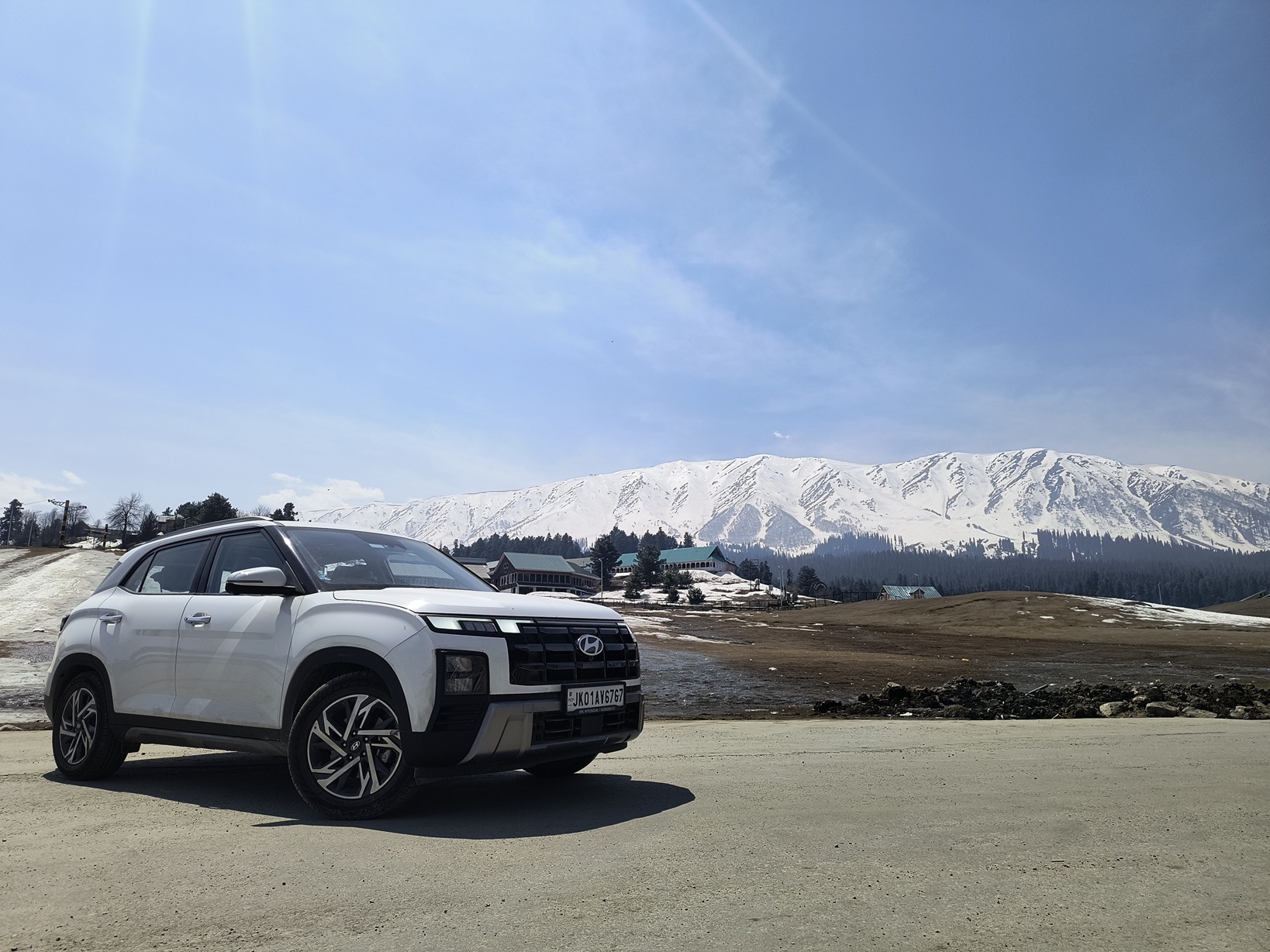
Yousmarg: Hidden gem
Not many people may have heard about Yousmarg, which lies on the banks of the pristine Doodh Ganga river – known for its milky-white, crystal-clear waters. Yousmarg is short for ‘meadow of Jesus’, as it’s said that Jesus – also referred to as Youza – visited this valley.
It’s not on the tourist map yet, and therefore it’s clean and serene – if you truly love nature, enjoy scenic walks, and want to unwind, just don’t skip Yousmarg. It’s just 50 km from Srinagar (2 hours), and the road goes via the Charar-e-Sharief Shrine, dedicated to Kashmiri Sufi saint Sheikh Noor-ud-Din Noorani.
Pahalgam: Avoidable
About 90 km from Srinagar (almost 3 hours by road), Pahalgam has become a tourist trap. It’s on the tourist map of every tour operator, has hundreds of hotels, and can get very crowded. We got into an hour-long traffic jam. There are places such as Betab Valley and Aru Valley, but these too are usually crowded.
On the road to Pahalgam, however, you will find the ruins of the Martand Sun Temple, dating back to 8th century CE and dedicated to Surya, the solar deity in Hinduism (Surya is called Martanda in Sanskrit). It was demolished by Sikandar Shah Miri in 15th century, but the ruins are now well-maintained by the Archaeological Survey of India.
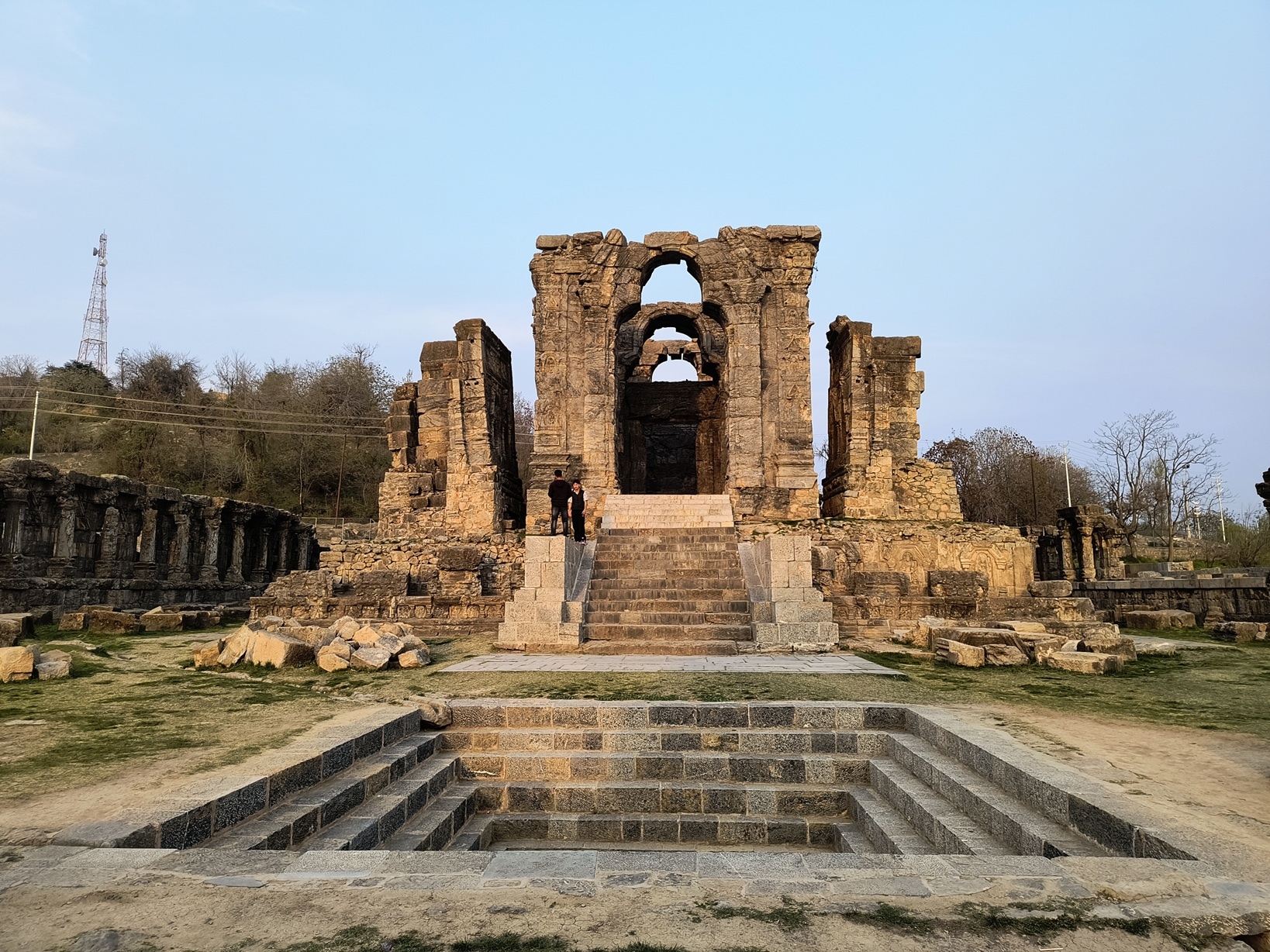
What to eat?
Wazwan needs little introduction – it’s a multi-course Kashmiri meal, and isn’t just food, but a culinary experience (like most cuisines of India). It is primarily non-vegetarian cuisine, and food items include tabakh maaz (lamb ribs), safed and zafran kokur (chicken), rista (meatballs in red gravy), rogan josh, daniwal korma (lamb), and gushtaba (meatballs), followed by desserts. Vegetarian options are less, but delicious – such as dum aloo, nadru, Kashmiri rajmah, haak saag with paneer, and Kashmiri vegetarian pulao (vegetables and dry fruits).
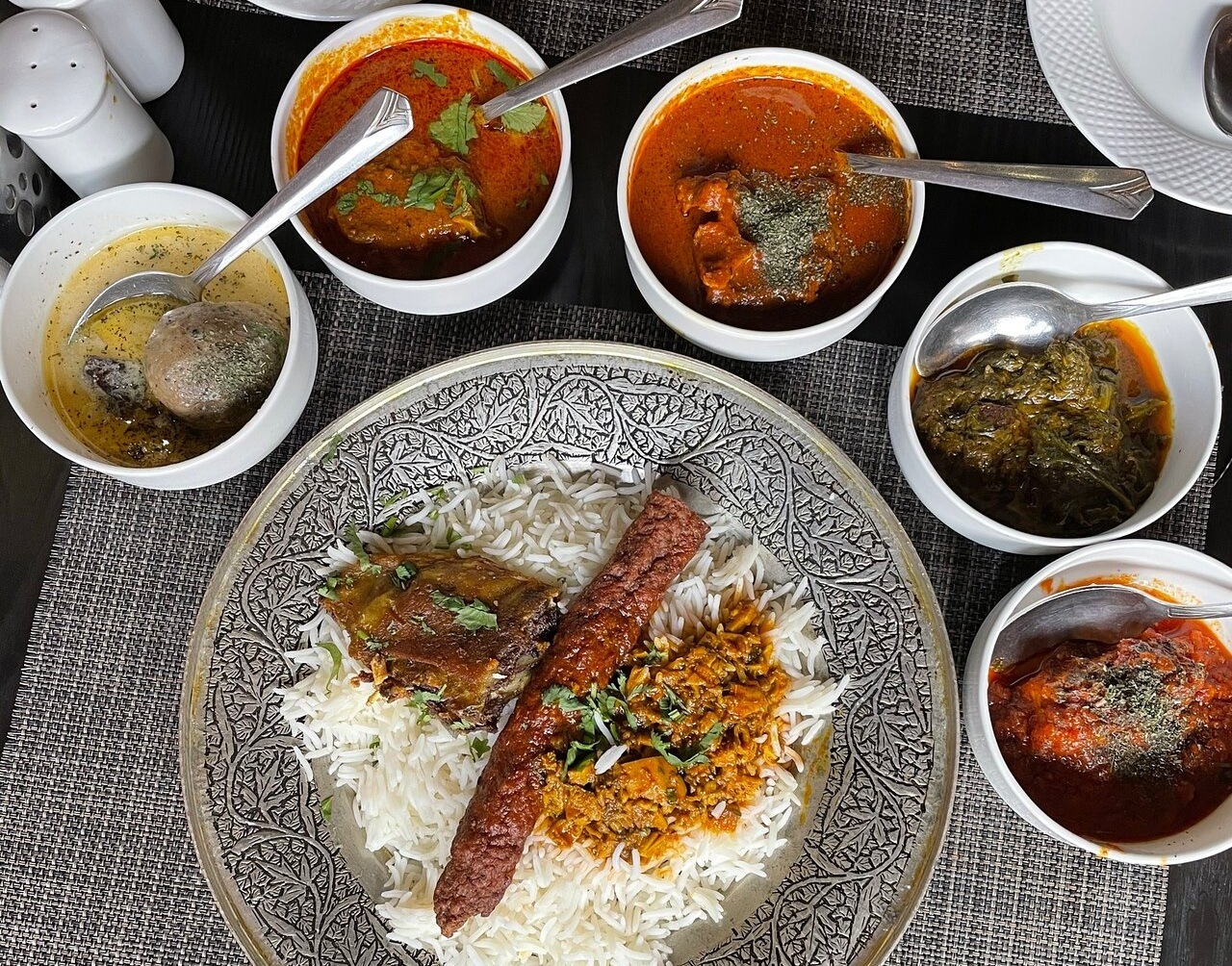
About the Creta
The model we picked was the SX 6-speed Manual, priced around Rs 16 lakh, ex-showroom. In the hilly terrains of Kashmir, it returned fuel efficiency of 12 km/litre, which increased to 16 km/litre in the plains of Kashmir. The best thing about it was the sunroof, which let us view mountains without getting out, a quiet cabin, and peppy performance – reasons why it’s the best-selling SUV in India.
